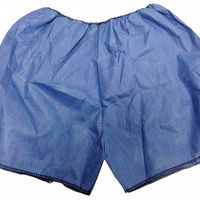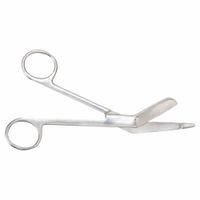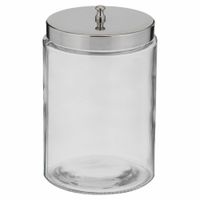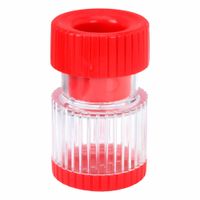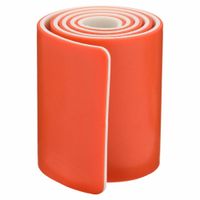Medical bags and cases are essential tools for the efficient and safe transportation of healthcare supplies. They are designed to meet the specific needs of healthcare professionals, ensuring that medical equipment, medications, and other supplies are organized, protected, and easily accessible.
Firstly, these bags and cases provide organization. They come with multiple compartments, pockets, and dividers, allowing healthcare providers to systematically arrange supplies. This organization is crucial for quick access during emergencies, reducing the time needed to locate specific items.
Secondly, they offer protection. Medical bags and cases are often made from durable, water-resistant materials that shield contents from environmental factors such as moisture, dust, and impact. This protection is vital for maintaining the sterility and integrity of medical supplies, especially delicate instruments and medications.
Thirdly, they ensure portability. Designed with ergonomic features like padded straps and handles, these bags facilitate easy and comfortable transportation. This is particularly important for home healthcare providers, emergency responders, and field medics who need to carry supplies over long distances or in challenging conditions.
Additionally, medical bags and cases often include features like insulation and temperature control, which are essential for transporting temperature-sensitive items such as vaccines and certain medications. This helps in maintaining the efficacy of these supplies during transit.
Finally, they enhance efficiency and preparedness. By having a well-organized and fully stocked medical bag, healthcare professionals can respond more effectively to patient needs, whether in a clinical setting or in the field. This readiness is crucial for delivering timely and appropriate care, ultimately improving patient outcomes.
In summary, medical bags and cases play a critical role in the healthcare supply chain by ensuring that medical supplies are organized, protected, portable, and readily accessible, thereby enhancing the efficiency and effectiveness of healthcare delivery.
